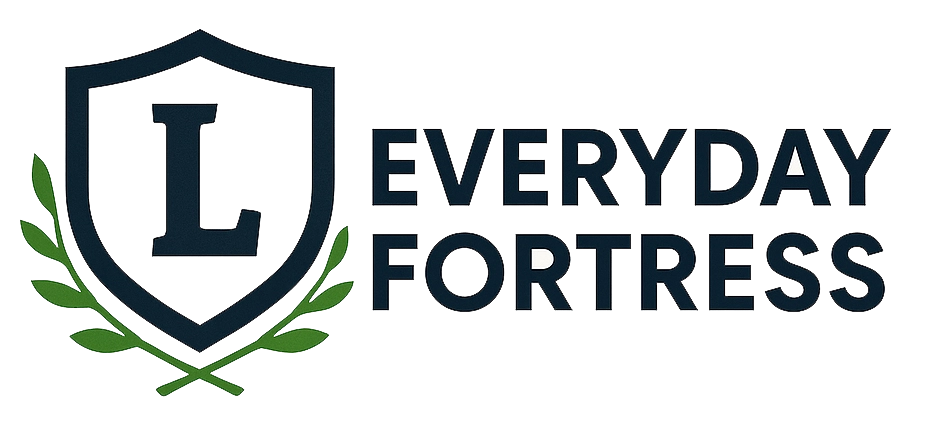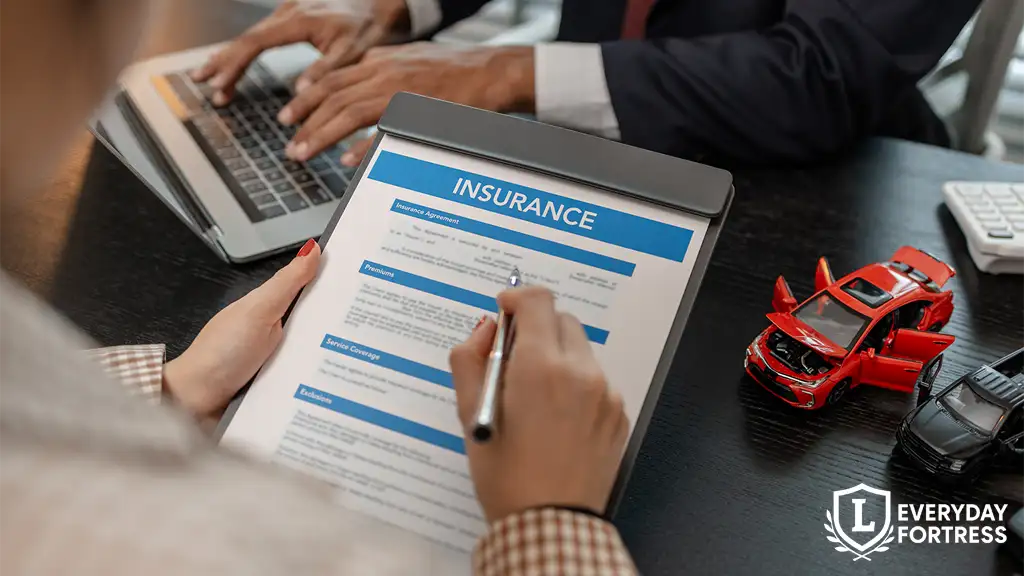You don’t have to own a car to need insurance. If you rent often, borrow vehicles, or want coverage while between cars, you can still get car insurance without owning a car. This guide explains how it works, who needs it, what it covers — and how to get the best deal.
Can You Really Get Car Insurance Without Owning a Car?
Yes — and it’s more common than you might think. Many insurance providers offer non-owner policies designed for drivers who don’t own a car but still get behind the wheel occasionally.
This type of policy doesn’t cover a specific vehicle. Instead, it covers you as a driver, providing liability protection when you drive someone else’s car, rent a car, or use a vehicle that’s not registered to you.
Who Should Consider It?
Not everyone needs non-owner insurance. But for the right person, it’s incredibly useful — and sometimes even required.
1. Frequent Car Renters
If you rent vehicles often, this type of policy may be cheaper than buying liability coverage from the rental company every time.
2. People Who Borrow Cars
If you regularly borrow a friend’s or relative’s car (and don’t live in the same household), the owner’s policy might not cover you fully. A non-owner policy protects you personally.
3. Drivers Without a Car (For Now)
If you sold your car or moved to a place where you don’t need one, a gap in coverage could raise your rates later. A non-owner policy keeps your insurance history active.
4. People Required to File SR-22 or FR-44
If your state requires you to prove financial responsibility after a serious offense (like a DUI), non-owner insurance with an SR-22 or FR-44 may be required — even if you don’t own a car.
What Does Non-Owner Car Insurance Cover?
This coverage is focused on liability — it protects other people and their property in case you cause an accident. It typically includes:
- Bodily Injury Liability: Covers medical expenses for others injured in an accident you cause.
- Property Damage Liability: Pays for damage to someone else’s car or property.
- Uninsured/Underinsured Motorist Coverage (optional): Covers your costs if you’re hit by someone who doesn’t have enough insurance.
- Medical Payments or Personal Injury Protection (PIP) (in some states): Helps with your medical expenses.
Note: Non-owner insurance does not cover the vehicle you’re driving. It won’t pay for repairs to the borrowed or rented car — only for damage you cause to others.
What It Does Not Cover
Understanding the limits is key. A non-owner policy won’t cover:
- Damage to the vehicle you’re driving
- Your personal property inside the vehicle
- Business or commercial use (like rideshare driving)
- Family-owned vehicles you have regular access to
- Collision or comprehensive coverage
If you need full protection while renting, you may want to purchase the rental company’s collision damage waiver (CDW) in addition to your non-owner policy.
How Much Does It Cost?
Non-owner car insurance is generally much cheaper than standard auto insurance because it doesn’t cover a vehicle. On average, you can expect to pay:
- $200–$600 per year for basic liability
- More if you need SR-22 or FR-44 filings
- Varies based on driving history, age, state, and coverage limits
People with clean driving records will get the lowest rates. High-risk drivers may pay more but can still get insured.
How to Buy Non-Owner Car Insurance
Getting coverage is fairly straightforward. Here’s how to do it in five simple steps:
1. Check If You’re Eligible
Some providers won’t offer this type of policy if:
- You still have regular access to a car
- You have a suspended license
- You’re under 21 in some states
Make sure you qualify before moving forward.
2. Choose a Trusted Insurance Company
Not all insurers offer non-owner policies. Among those that do:
- GEICO
- State Farm
- Progressive
- Nationwide
- Dairyland
- The General
- Some local or regional insurers
Start by checking their websites or calling to confirm they provide coverage in your state.
3. Compare Quotes
Since non-owner insurance is simpler, getting quotes is usually fast. Compare:
- Liability limits
- Optional coverage (UM/UIM, PIP)
- SR-22/FR-44 support (if needed)
- Customer service reviews
Even a small price difference can add up over the year.
4. Prepare Basic Info
Be ready to provide:
- Your driver’s license number
- Your driving history (accidents, tickets)
- The state you live in
- SR-22 or FR-44 form (if required)
5. Buy the Policy and Keep It Active
Once approved, you’ll receive proof of insurance. Some companies offer instant digital ID cards.
Keep your policy active — even if you’re not driving. Lapses in coverage can raise your future rates significantly.
Can You Use This for Rental Cars?
Yes — in fact, frequent renters are one of the biggest groups who benefit from non-owner coverage.
While it won’t cover vehicle damage (you still need the CDW for that), it gives you continuous liability protection without having to buy expensive rental insurance every time.
What About Driving Someone Else’s Car?
If you occasionally borrow a car from someone you don’t live with, this policy protects you against claims if you cause an accident.
If you drive a family member’s vehicle regularly, their policy should cover you — but you may not qualify for non-owner insurance because you technically “have access” to a car.
🧠 You May Wanna Check Out:
Final Thoughts
Getting car insurance without owning a car isn’t just possible — it’s often the smartest move for drivers in transition, renters, and those who borrow vehicles. Non-owner policies help protect your record, keep your liability coverage active, and meet state requirements without paying for full auto insurance.
It’s simple, affordable, and widely available.
For more on coverage options and state-specific rules, visit the Insurance Information Institute.


